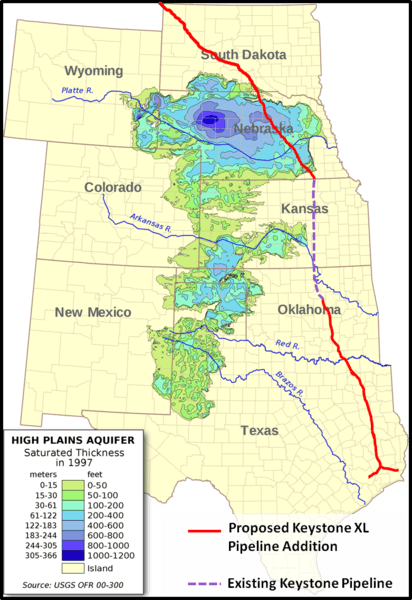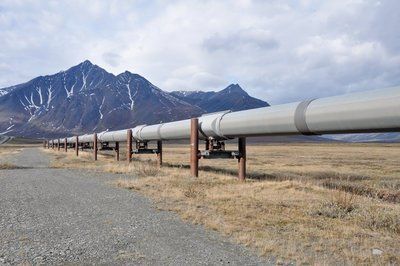HEAVY IRON NEWS
The Plan B To Keystone XL

Originally intended to carry over 800,000 barrels a day from Canada to the United States, the Keystone XL pipeline has been rejected by the Obama administration , leaving the oil industry in a lurch. The Keystone XL pipeline would have brought barrels all the way to Nebraska, where the oil could then be distributed along existing pipelines. Following the rejection of the plan, the oil industry has come up with new measures for oil transportation.
THE IMPORTANCE OF THE KEYSTONE XL
According to oil experts, the Keystone XL is not necessary immediately, but will be necessary for the advancement of oil future. Without the Keystone XL, more costly and less efficient methods of transporting oil will be necessary. This could substantially raise the prices of oil before they ever reach a refinery. The United States imports approximately 3.4 billion barrels a day of crude oil from Canada, which is more than any other nation. Rising oil and gas prices along the west coast could be severely detrimental to the economies there, and the American economy as a whole. The only alternative to Keystone XL is shipments via rail and truck, and these are both costly and dangerous.
ALTERNATIVES TO KEYSTONE XL
Rail usage will likely continue carrying the bulk of oil between Canada and Nebraska and down the coastline, following the rejection of Keystone XL. Rail use is generally more dangerous than pipeline use, which makes it an unappealing prospect. However, it's still more efficient than transportation by truck. In general, the oil industry attempts to build pipeline whenever it can, as transportation by pipeline is the safest, most expedient, and most cost-effective method. By relying on rail usage, there may be additional safety concerns throughout the region, especially as the demand for oil and gas steadily grows. Oil train derailment has been fairly common , and the only thing holding back pipeline development has been a lack of additional pipeline laid and a lack of funding for maintenance on existing pipeline.
BOLSTERING A STRUGGLING MARKET
Part of the problems facing the Canadian oil industry and American trade is that the oil itself is at an extremely low per barrel cost. Much of this is due to other foreign oil-producing nations, who have intentionally lowered the cost of oil as a method of driving North America out of the market. The low per barrel cost has led to a struggling oil industry, which in turn has less funding for large projects, such as developing new transportation processes. The Keystone XL would have been able to significantly reduce the cost of transportation (in addition to increasing safety), thereby making oil a more attractive prospect and investment.
The rejection of the Keystone XL pipeline essentially means that very little will change in transport between Canada and the United States. Unfortunately, that isn't a good thing: as demand for oil increases, it will steadily become more expensive and less useful to ship Canadian oil in via rail. This may mean a reliance upon other foreign sources of oil, unless American oil and gas companies can continue to grow despite the declining market.
Subscribe to Email Updates
Recent Post





